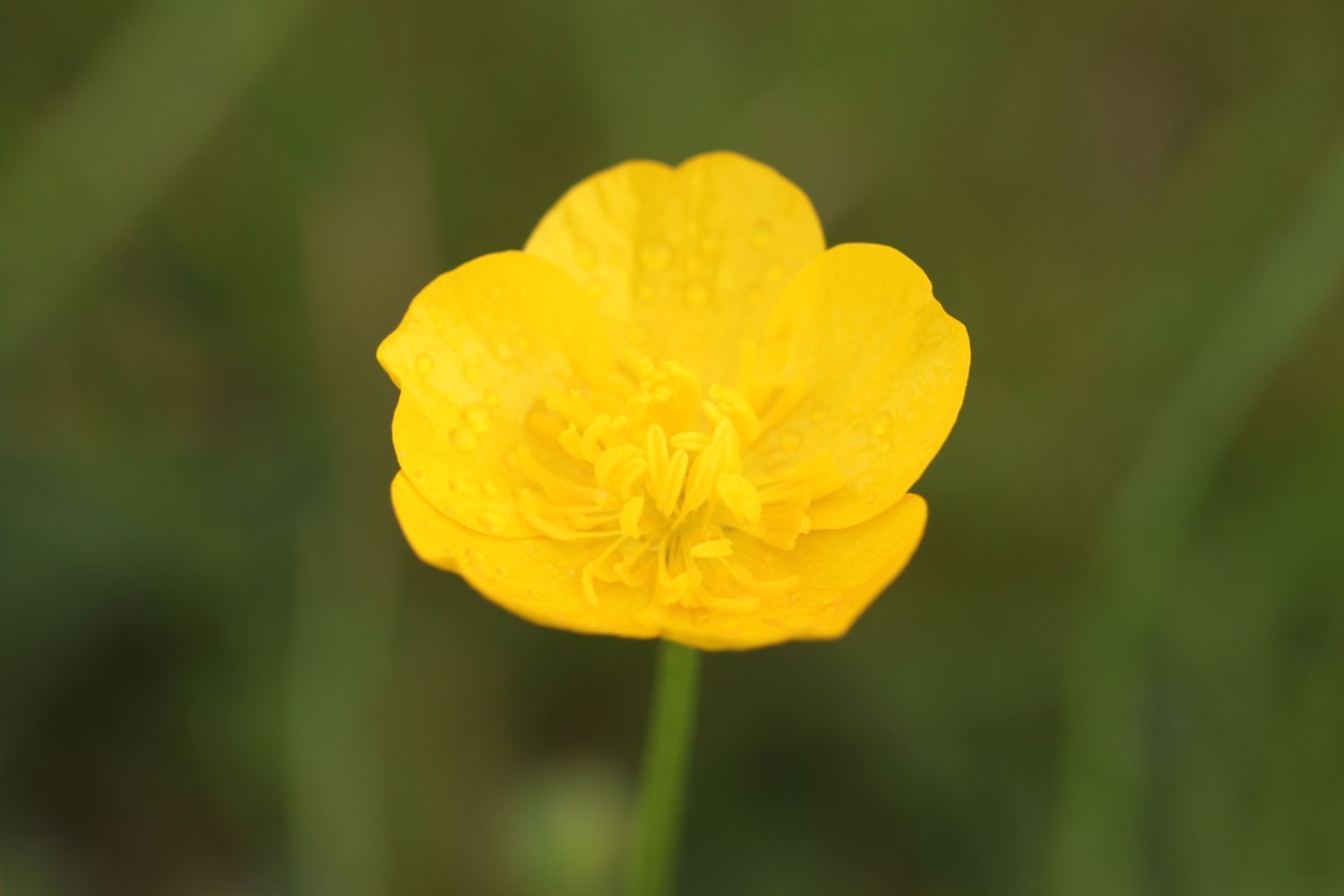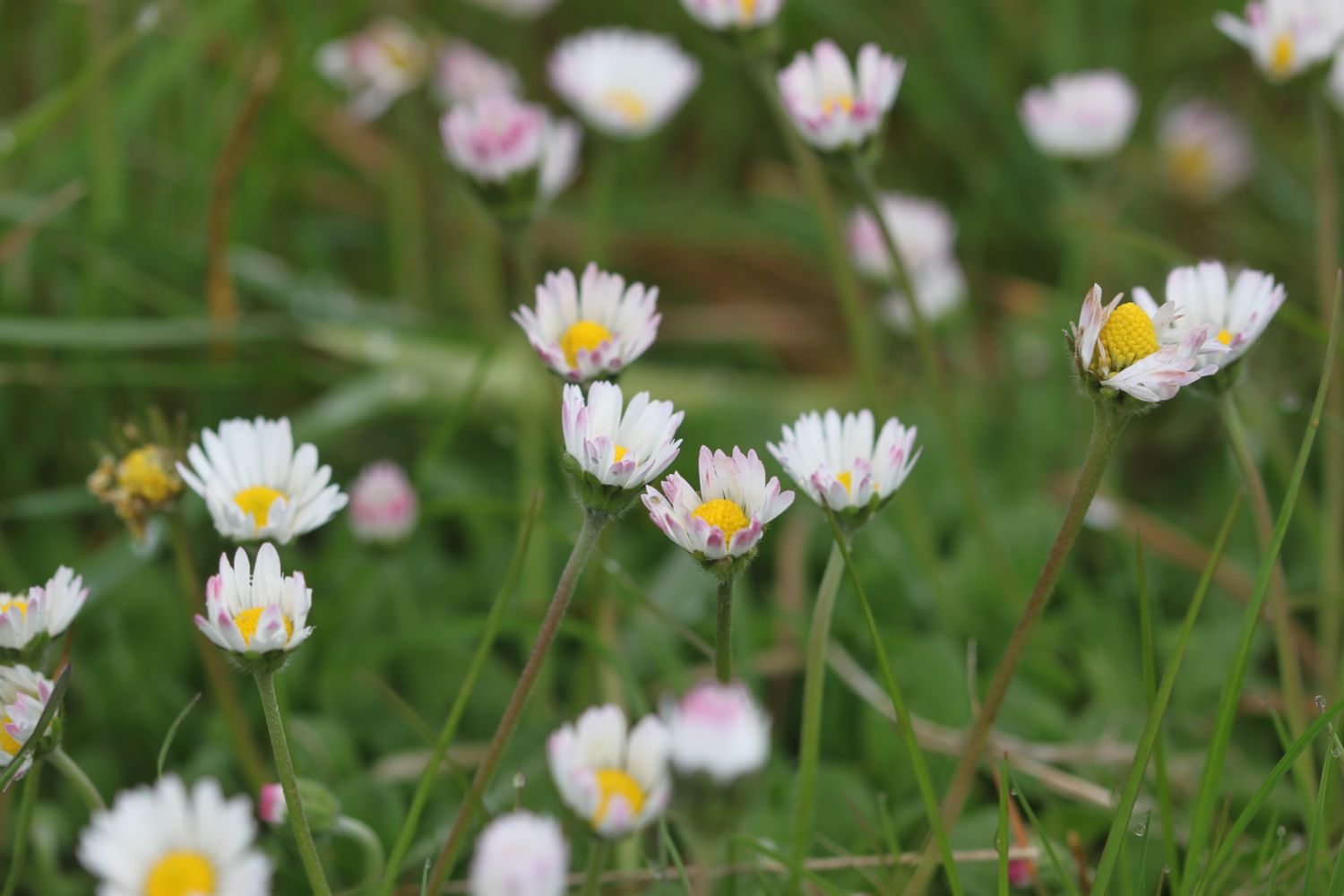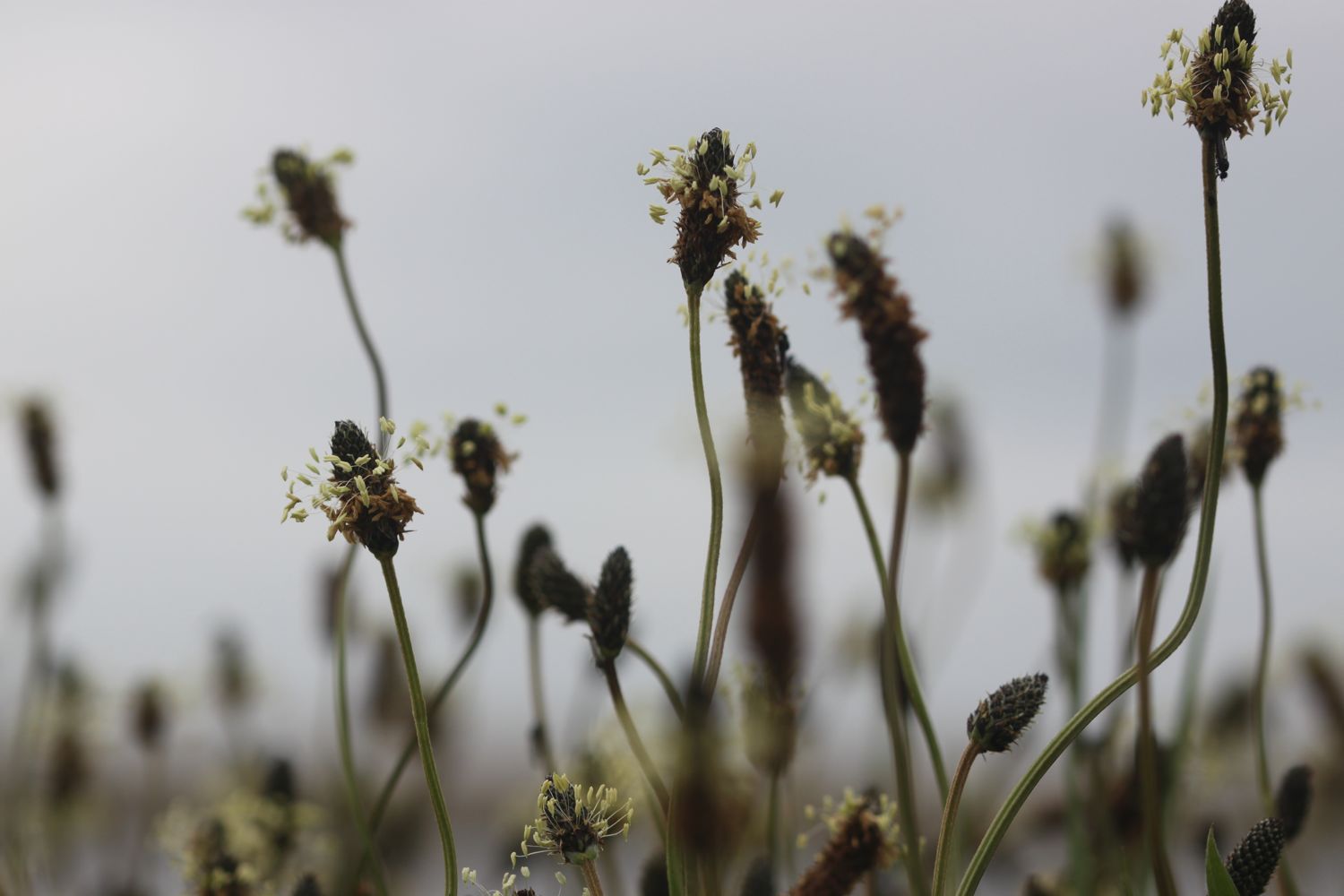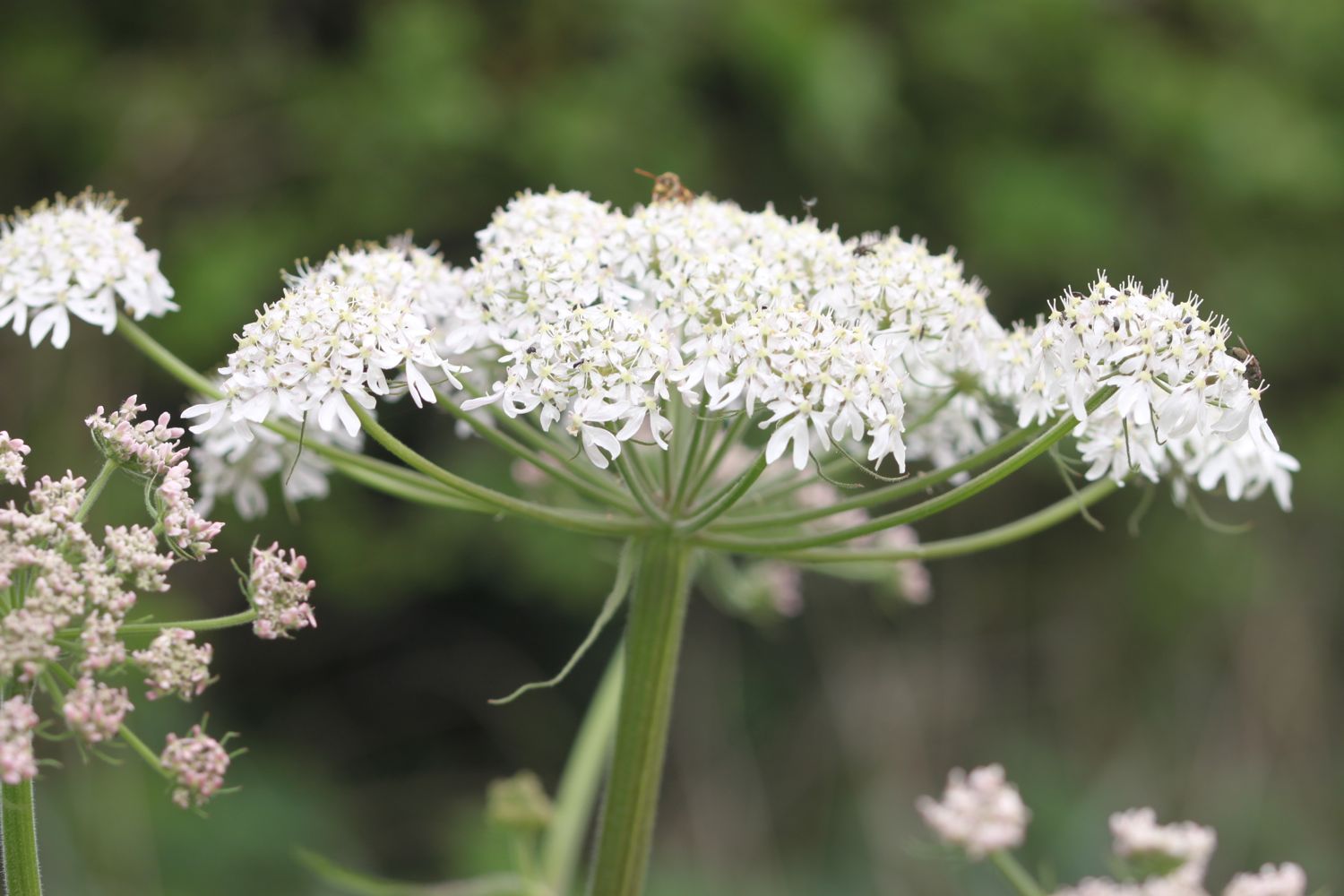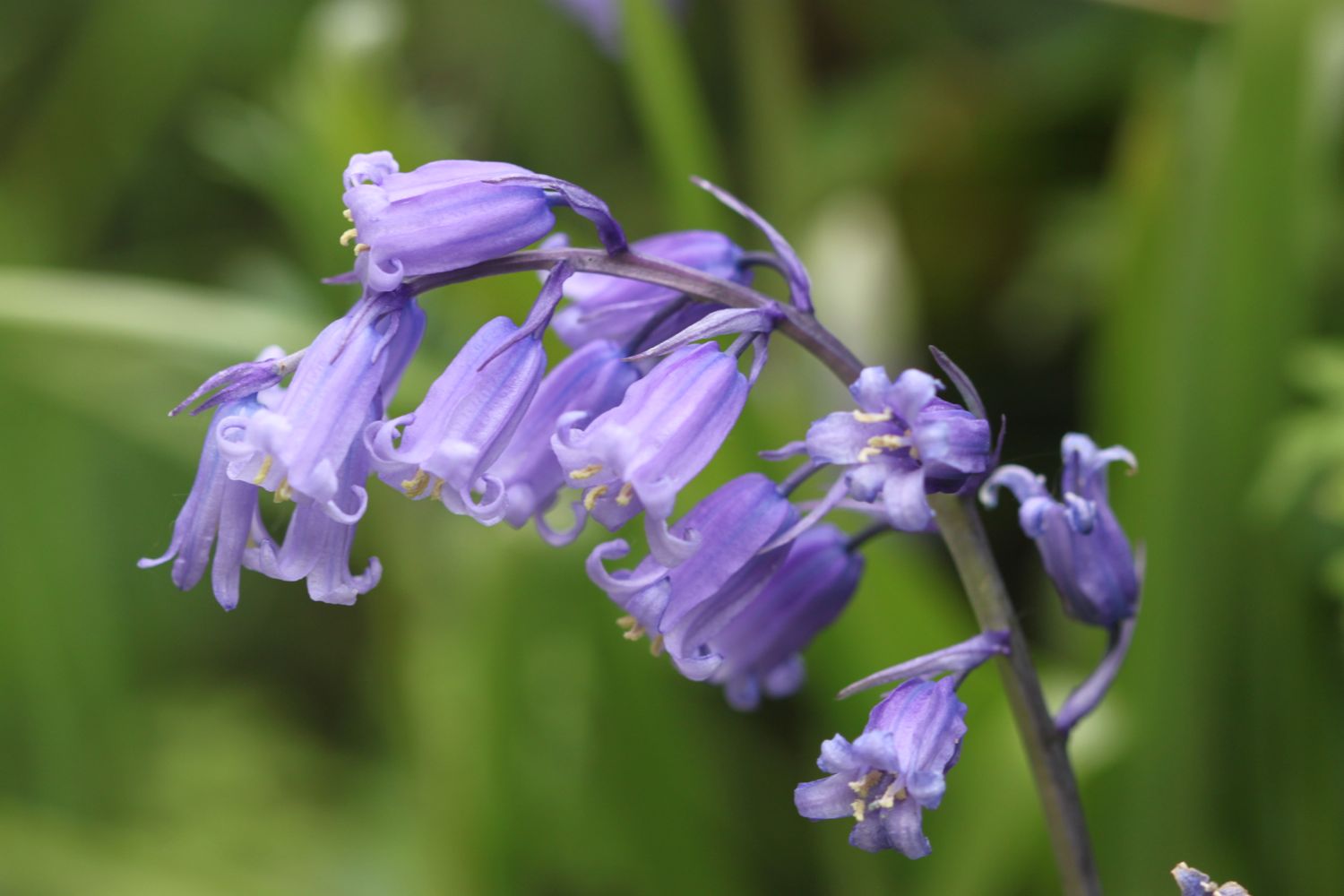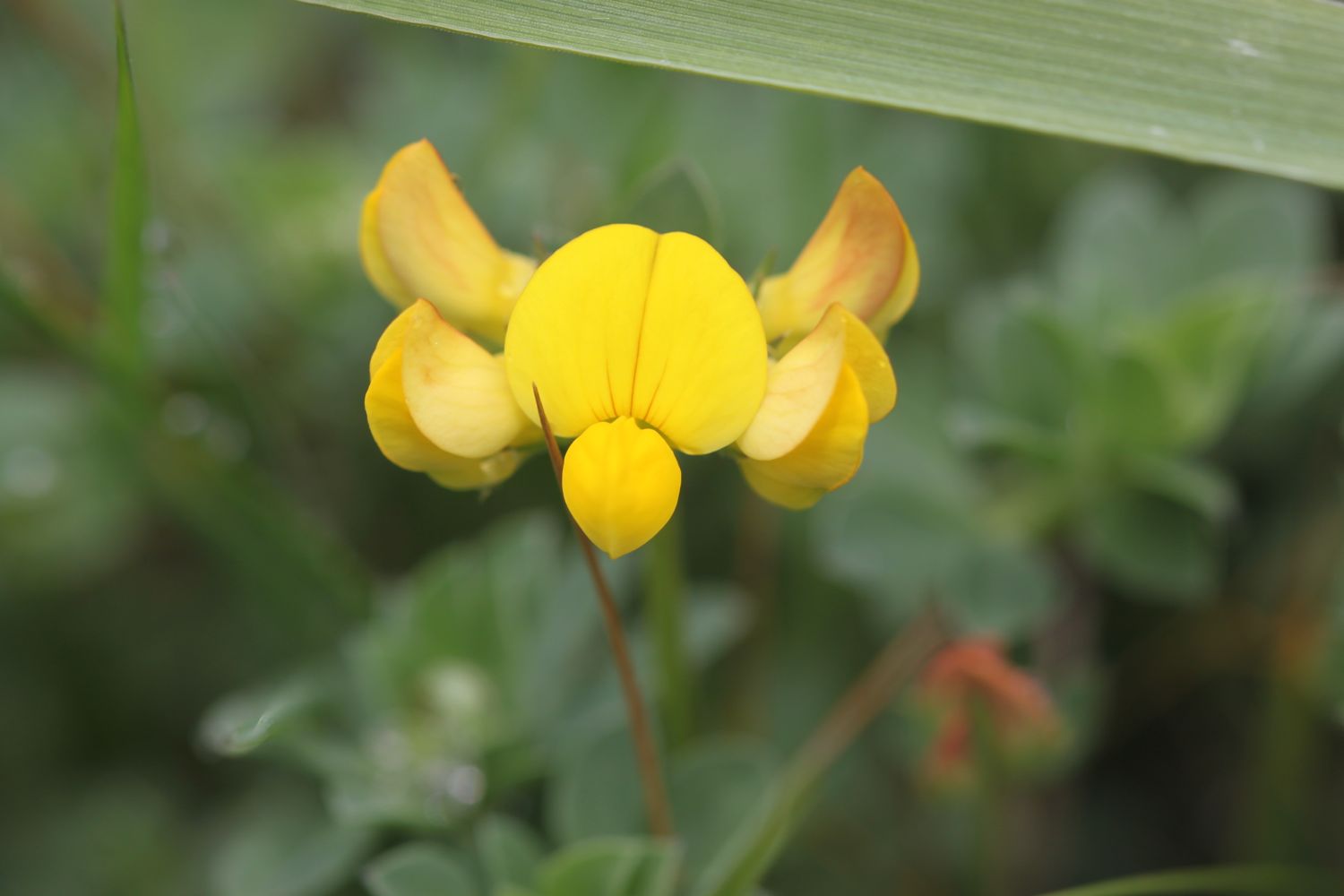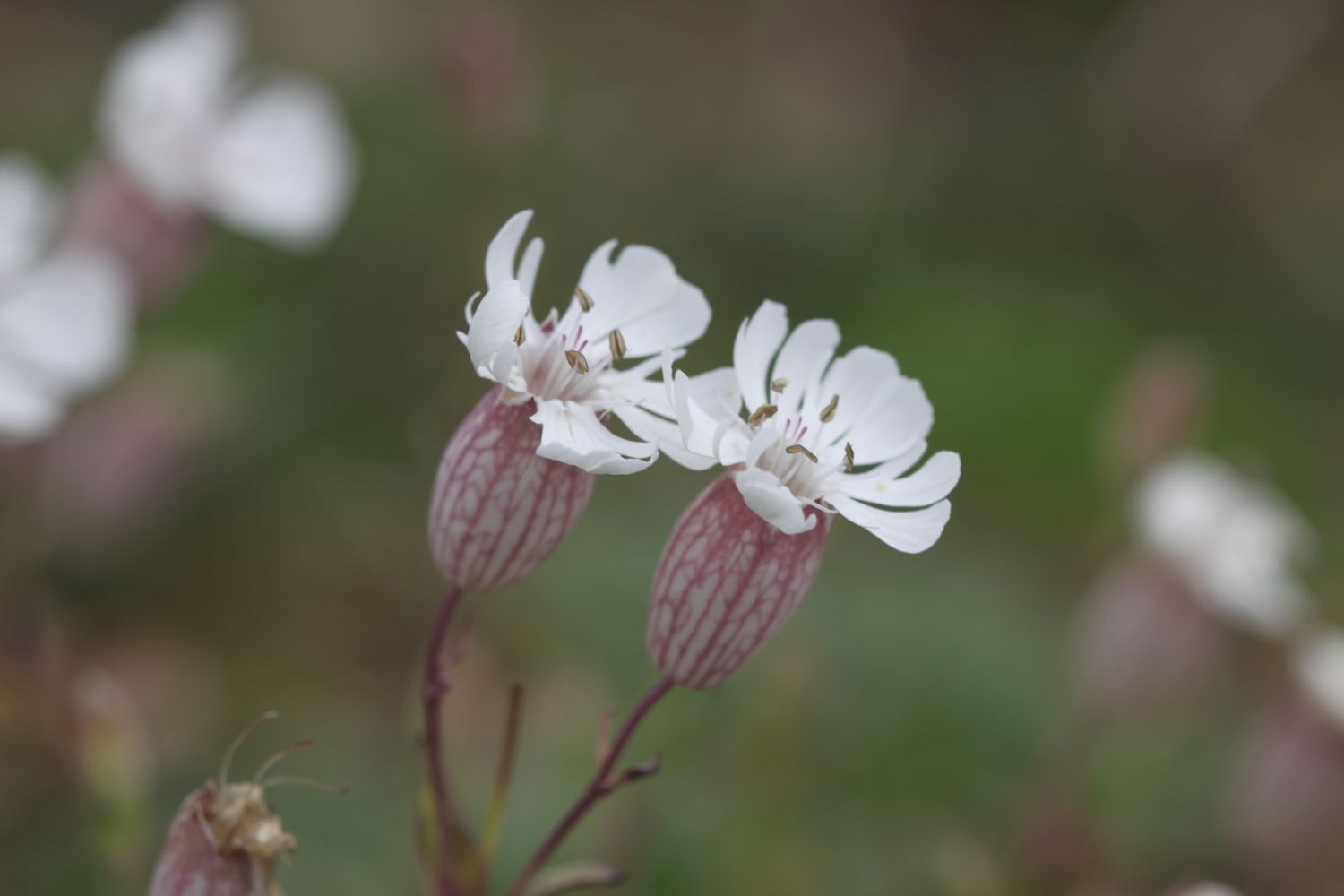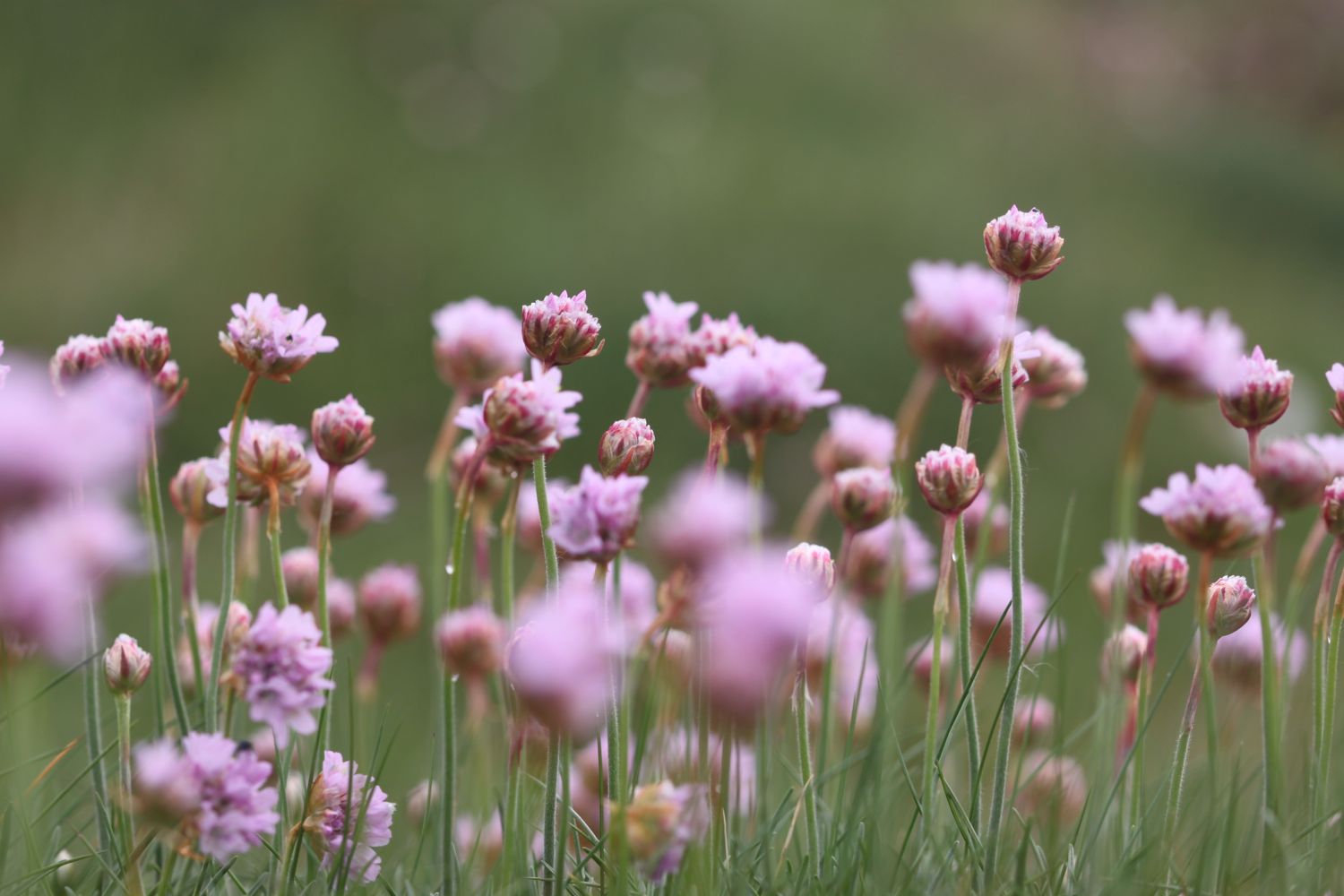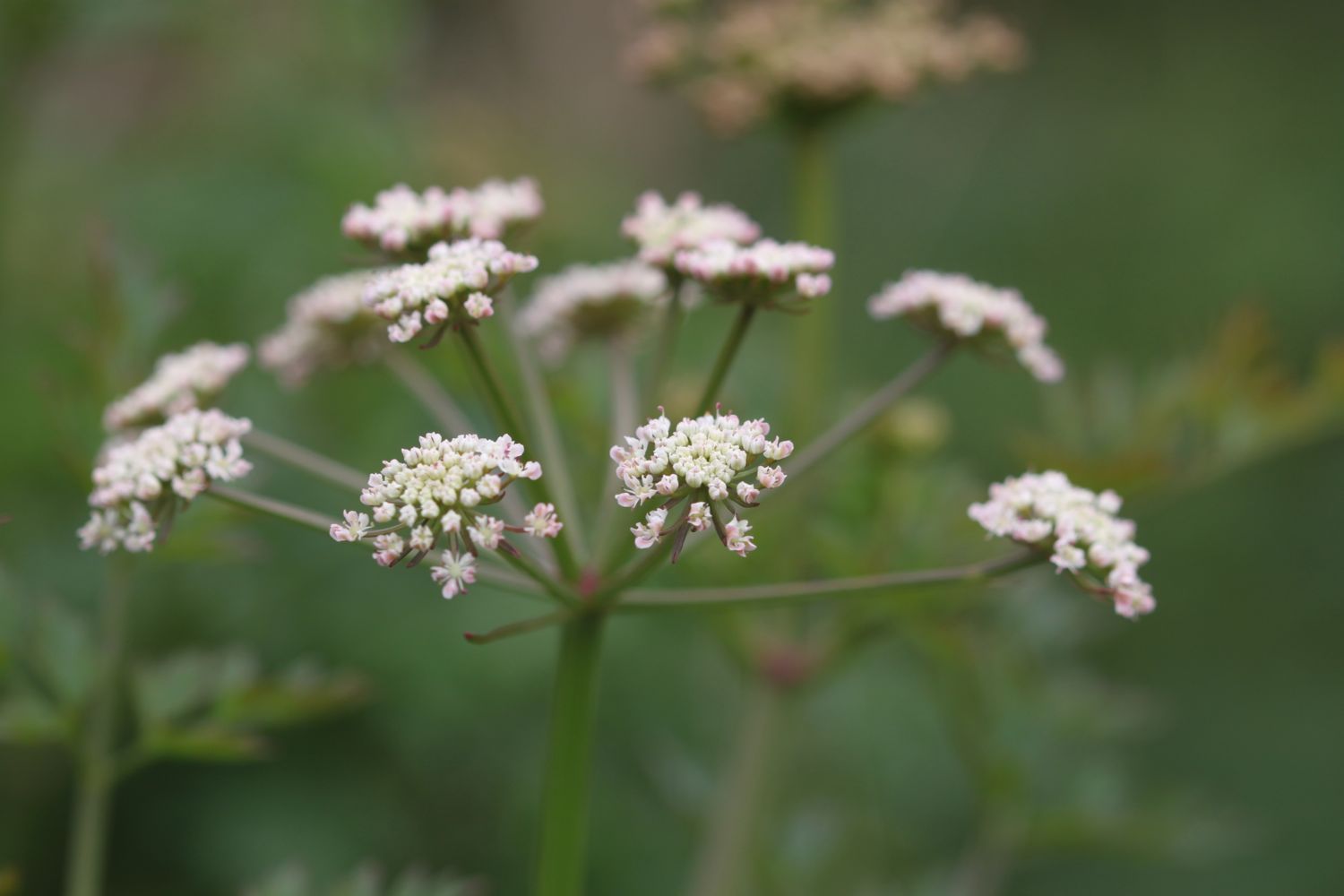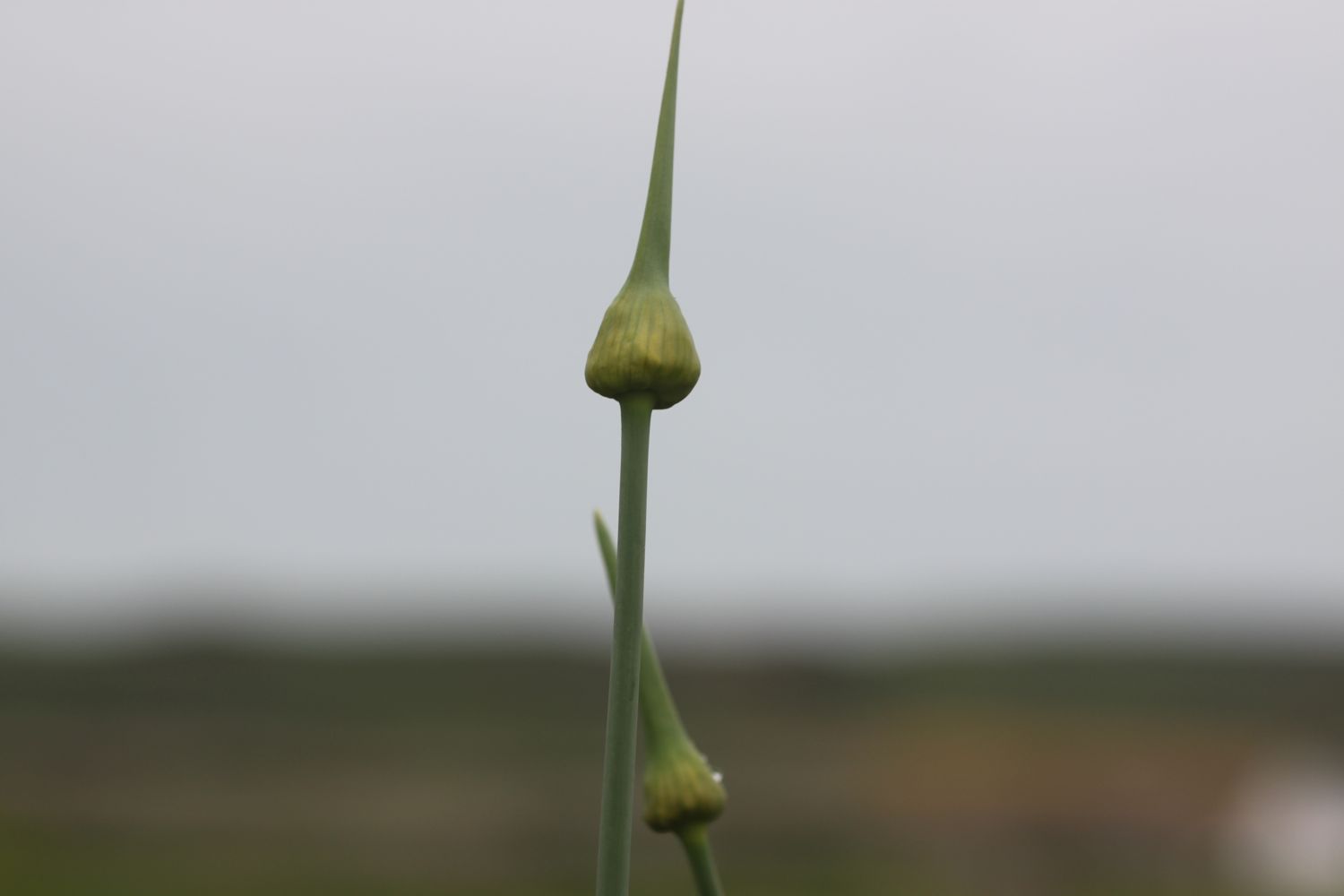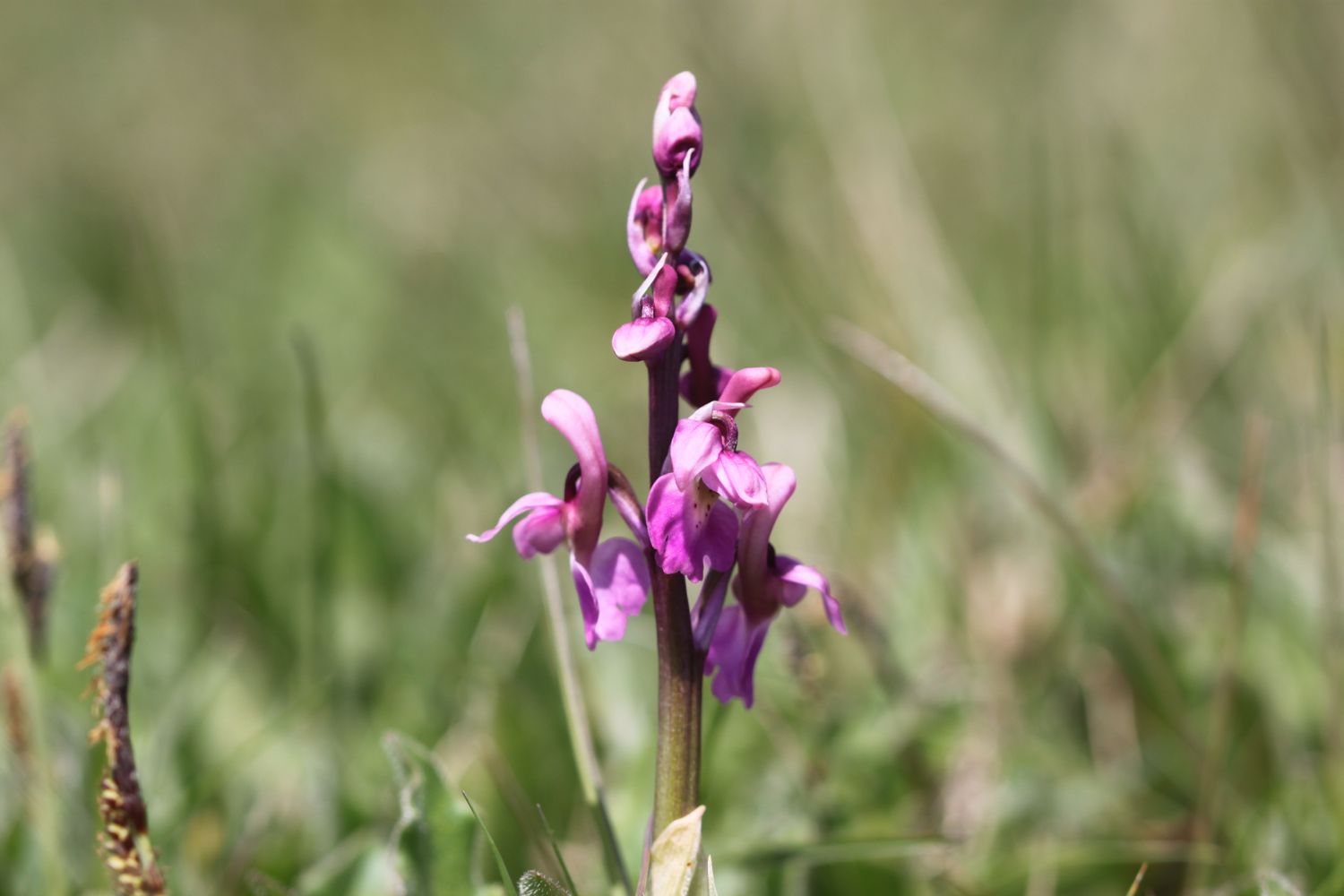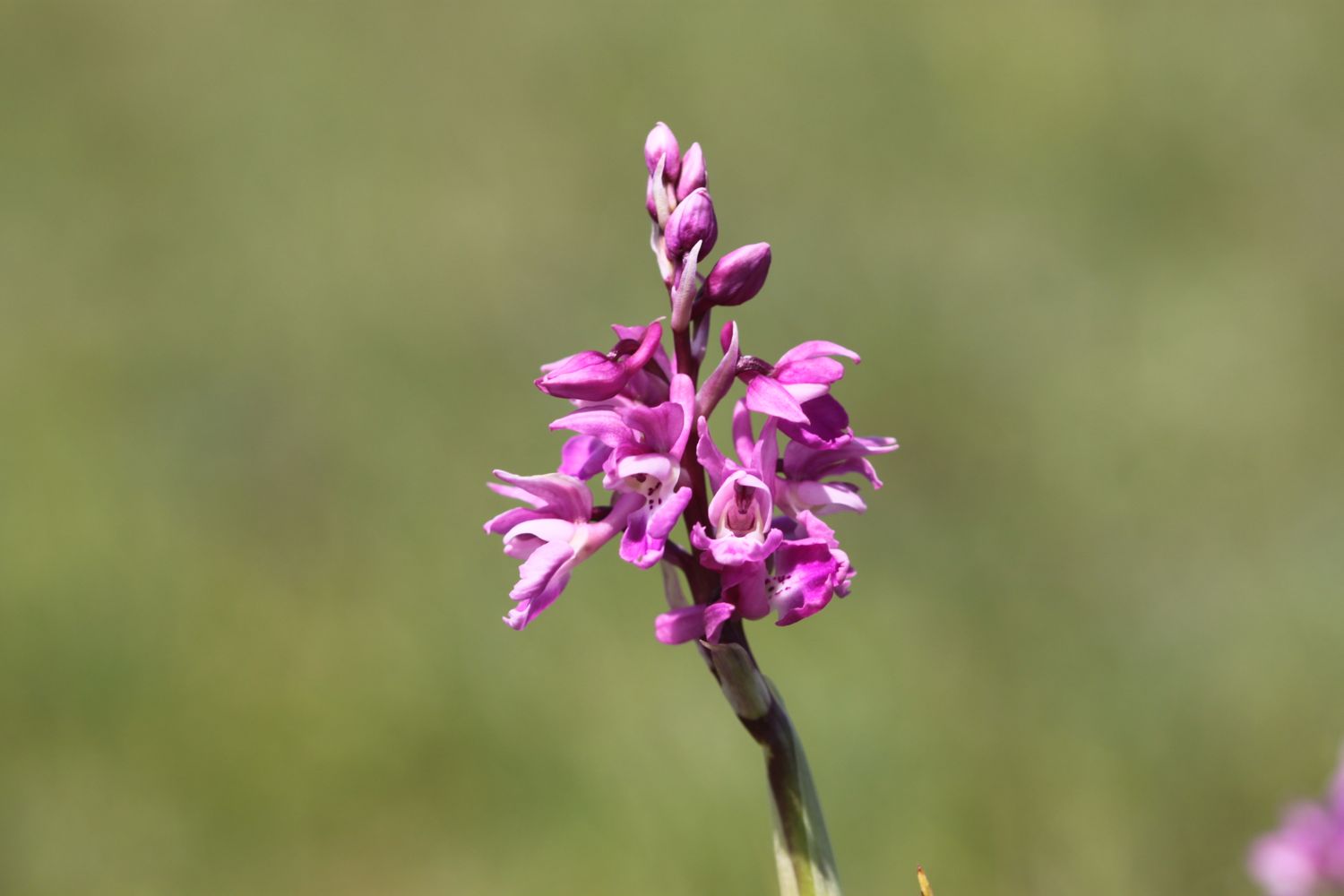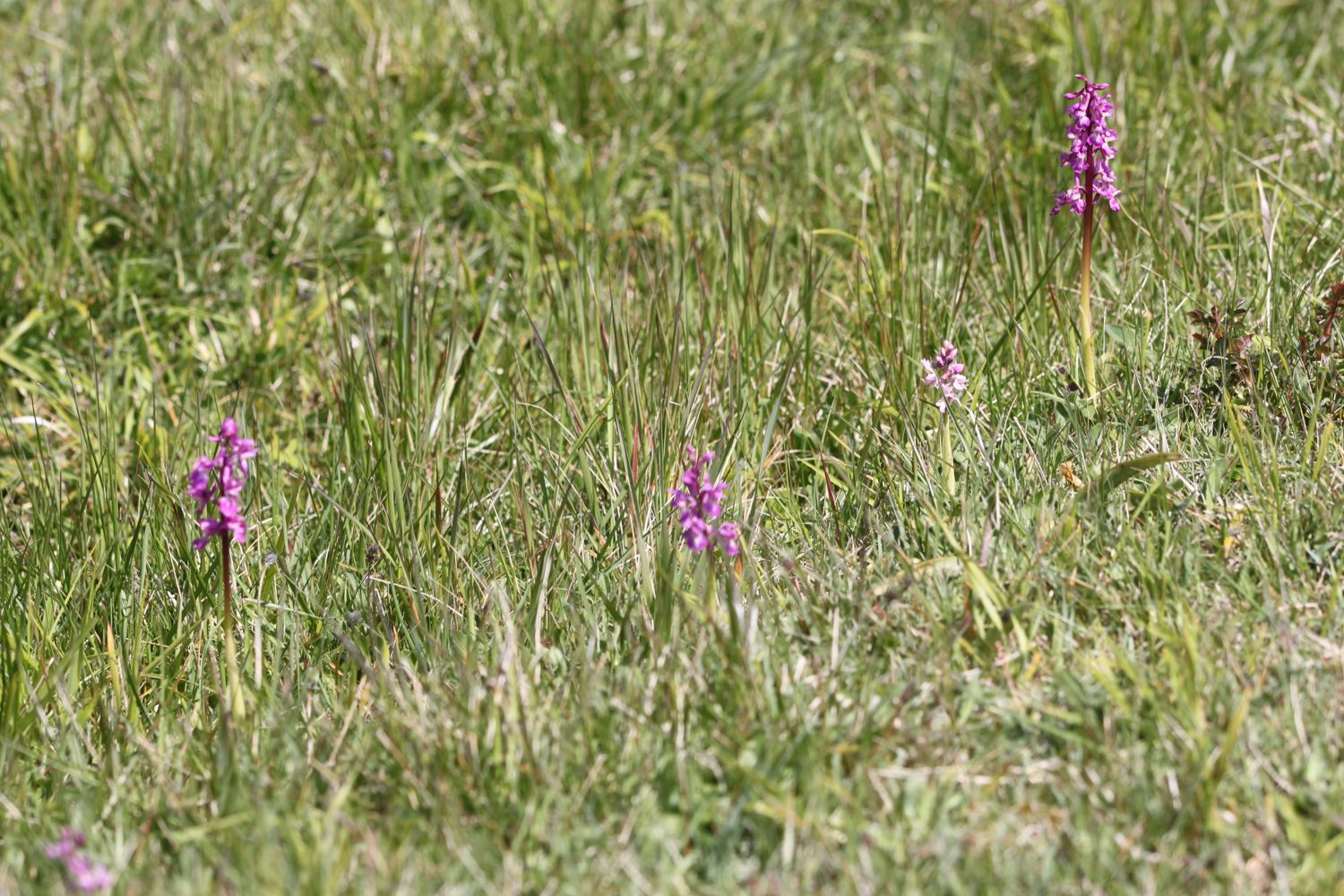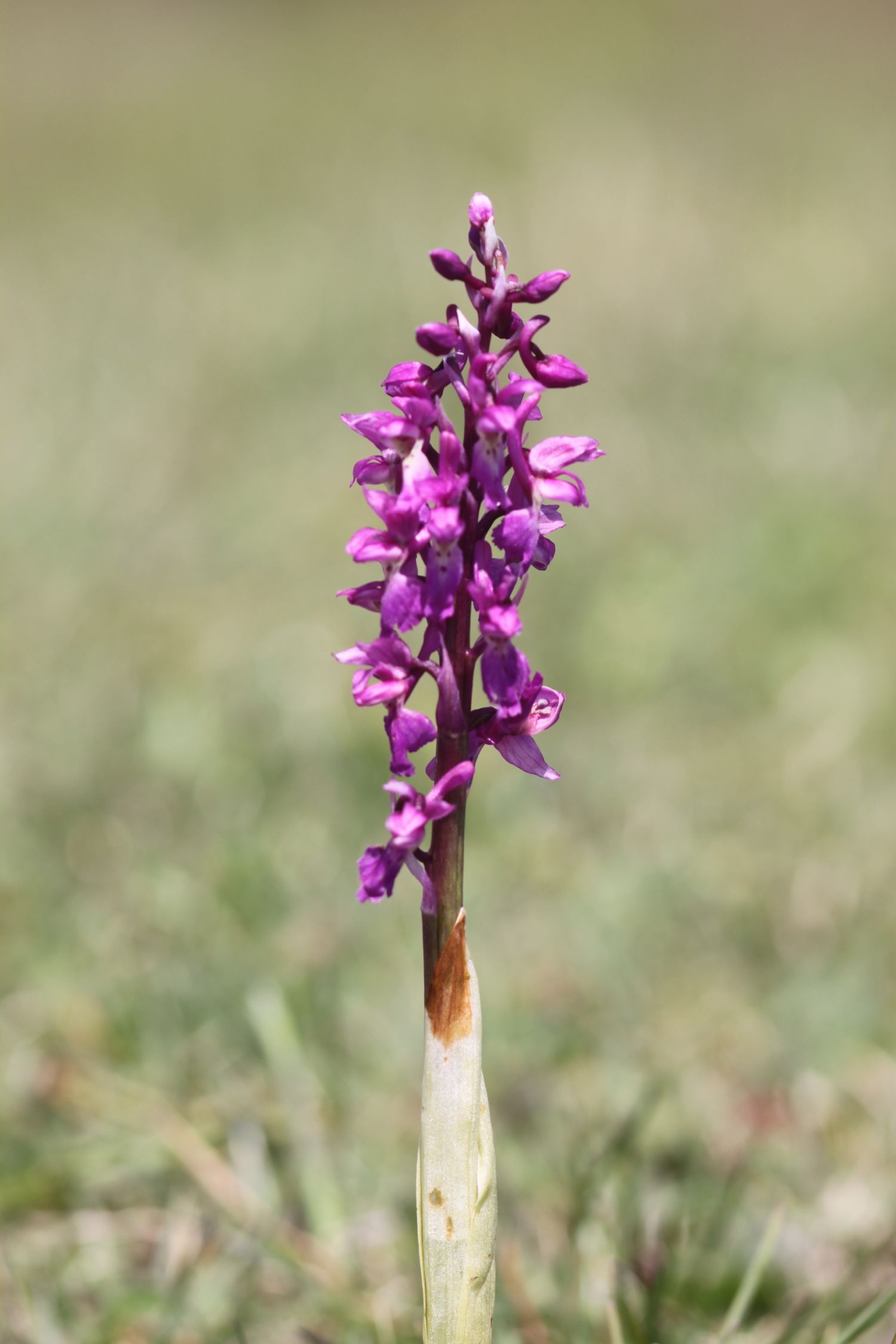TODAY'S GEOLOGY LESSON
The distinctive cliffs between West Bay and Burton Bradstock date from the early Jurassic period and are a bright yellow colour, made of 190 million year old yellow Bridport sandstone.
Limestone beds made of Inferior Oolite, dating from the early to middle Jurassic period (180 million years or so ago) can be found below the cliffs.
I trudge my way above Hive Beach and then behind Cogden Beach before the coast path takes me inland behind Burton Mere. I continue on the path behind the beach and the path becomes shingle which is very difficult to walk along. I come across housemartins skimming across a stretch of water. I continue along the shingle to reach West Bexington where the beach is a lot more pebbly and noticeably now part of Chesil Beach.
The shingle path continues inland of the beach before finally becoming a metalled path and the walking becomes a lot easier. The weather improves slightly so it's off with the waterproof jacket and I can finally enjoy some more of the wild flowers around here. There are what appear to be some kind of allium, possibly crow garlic?, everywhere.






